How Physical Therapist Helps Someone Become Healthy Again
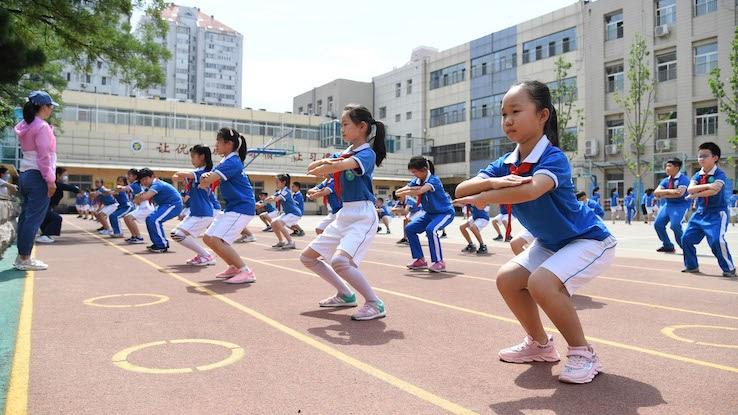
Physical activity offers many benefits for folks of all ages, but, in addition to promoting fitness, concrete pedagogy can help kids develop many useful skills. This is precisely why physical teaching — oftentimes chosen P.E. — has been implemented into school curriculums the world over. So, let'due south explore only what P.E. is and how it can be beneficial to everyone — non just immature athletes.
What Is Physical Education?
Taught in schools as a way for students to develop physical fitness, physical educational activity (P.E.) can likewise help students strop their teamwork skills and refine their strategic thinking abilities. In classes, students frequently participate in squad sports, like soccer and basketball, every bit well equally more individual sports, like gymnastics.
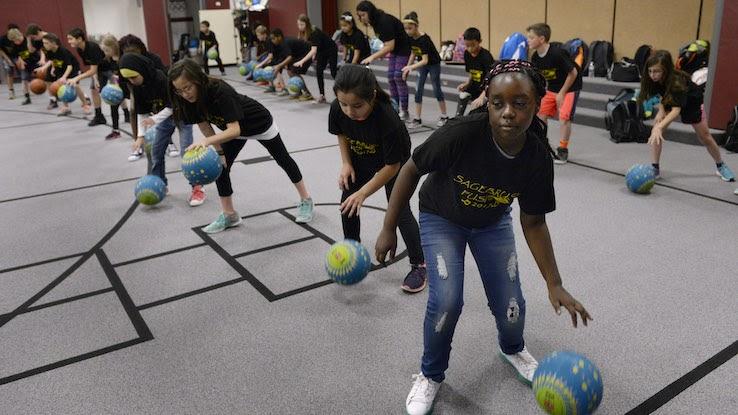
With this in listen, physical education has been a requirement in schools across the globe for hundreds of years. When schools beyond Europe began implementing formal P.E. programs during the 1800s, American schools followed adapt. Past the early 1900s, the States passed legislation that made P.E. a required grade. Co-ordinate to the Centers for Disease Command and Prevention (CDC), "supporting schools to plant concrete education daily can provide students with the ability and confidence to be physically active for a lifetime."
Common Types of Concrete Activity
According to the National Heart, Lung, and Blood Found, P.Due east., or any type of physical activity, typically incorporates four main types of exercises — aerobic, muscle-strengthening, bone-strengthening, and stretching activities.
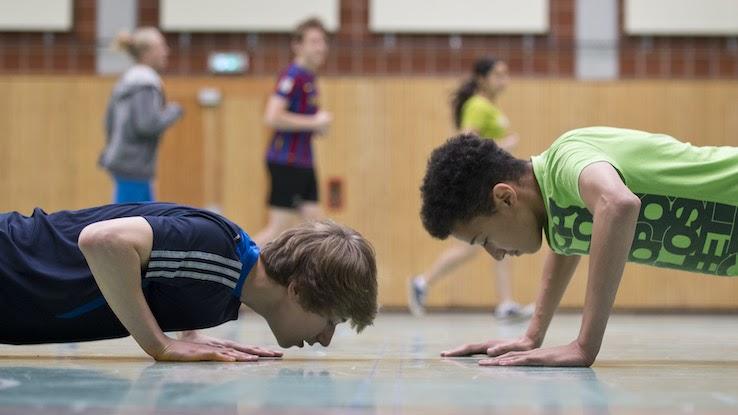
Aerobic activity, which includes running, jumping, and walking, benefits your center and lungs. Looking to increase 1's stamina, power, and strength? This tin be accomplished through muscle-strengthening activities, which include pushups and situps too as through bone-strengthening activities, which include jumping rope and lifting weights. Finally, stretching before and after P.E. is vital when it comes to improving flexibility and preventing injury.
What Are the Goals of Physical Instruction?
Since its formal implementation in schools, P.E. curriculum has set forth particular benchmarks. As such, the four chief objectives of physical didactics are improved concrete fettle; appreciation of physical action; sportsmanship evolution; and improved social skills.
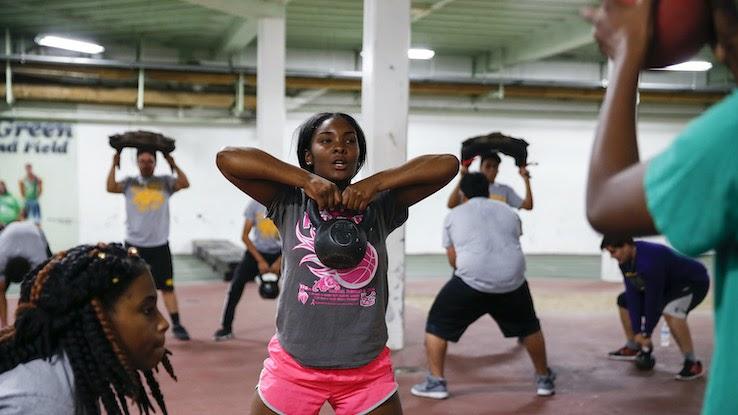
Other objectives of concrete education include body awareness, skill development, and personality development. Participating in P.E. helps kids explore what kinds of concrete activities speak to their strengths and which might exist areas for comeback. Ultimately, information technology's a real confidence builder when taught properly.
Physical Pedagogy Improves Physical Fitness and Sportsmanship Skills
Shut to xiv million children and adolescents between the ages of 2 and 19 are medically obese. According to the Office of Disease Prevention and Health Promotion, concrete activity tin assist prevent mitigate obesity and the issues that stem from it, which include heart disease, diabetes, stroke, and high claret pressure. Children who are exposed to physical instruction on a regular basis tend to atomic number 82 more active lifestyles in general, which sets them upwardly for maintaining these habits in adulthood as well.
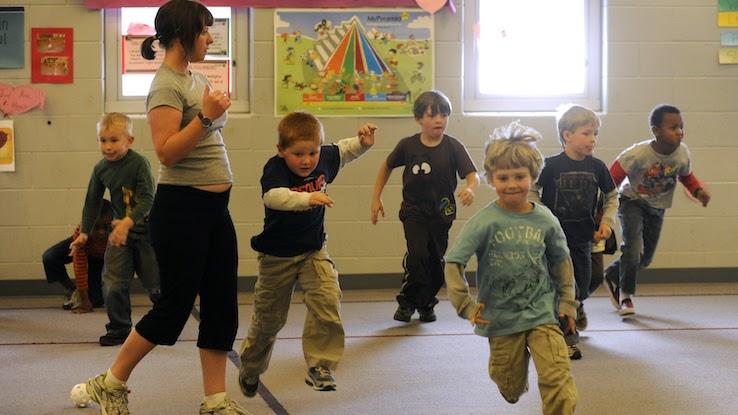
In add-on to helping students motility their bodies, P.E. can help teach sportsmanship, teamwork, and cooperation. Often, P.East. students must work together in teams, which teaches them how to work toward a common goal. They also larn that in games, as in life, sometimes you win and sometimes you lot lose. And, no matter the issue, it's important to be a good sport.
Physical Education Helps With Confidence and Body Awareness
Without a dubiety, physical educational activity gives students the chance to try new sports and develop new athletic pursuits. Additionally, younger children are able to develop motor skills and work on residuum and flexibility. Developing these skills can help build self-confidence in concrete ability likewise as an appreciation of the importance of physical activity.
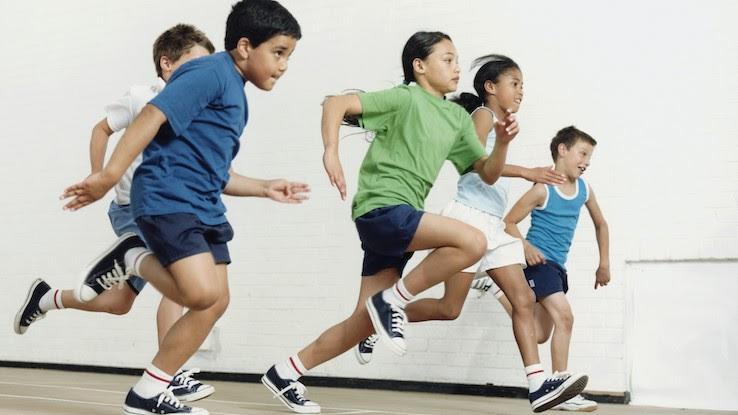
P.East. also teaches students nigh body awareness. This means that kids volition acquire what they are physically able to practise and their limitations. For example, some students might excel in sports that require strength, while others might accept a knack for activities that need flexibility and balance. Understanding that we all take unique abilities is essential to healthy development.
Physical Teaching Helps Kids Develop Social Skills and Personality Traits
Socializing is a huge part of P.E. After all, null fosters teamwork like (gently) pushing kids out of their comfort zone. In this recreational setting, they'll take to take risks, but they'll likewise learn to communicate with others; resolve conflicts (without storming off); and learn to either pb or take direction.
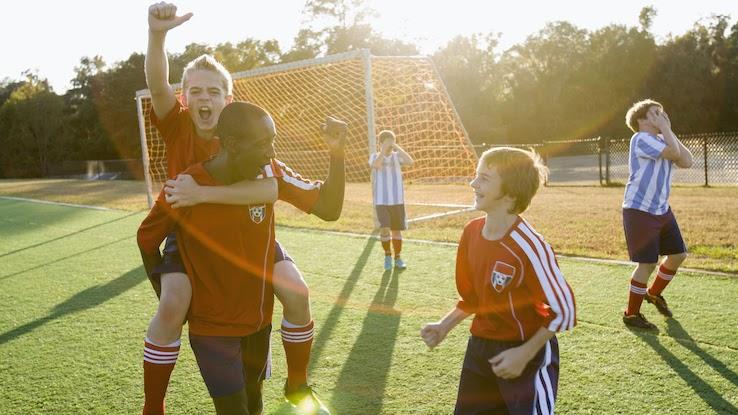
Participating in these recreational activities also helps better students' enthusiasm, motivation and perseverance. That is, they'll want to help their squad excel and cheer on their teammates from the sidelines. Needless to say, P.East. is more just the adventure to run effectually and get some free energy out. With just a few hours of physical pedagogy a week, students can develop beneficial habits, skills, and traits that volition concluding a lifetime.
Source: https://www.reference.com/world-view/four-objectives-physical-education-2456b29ca4935159?utm_content=params%3Ao%3D740005%26ad%3DdirN%26qo%3DserpIndex